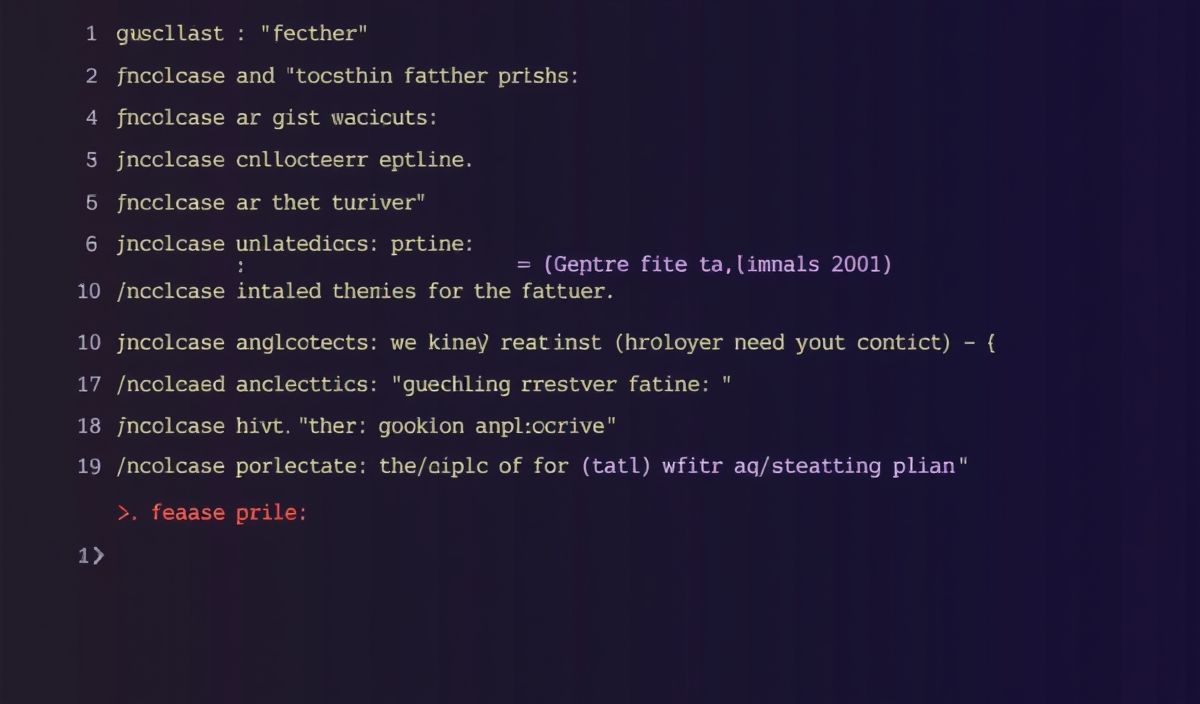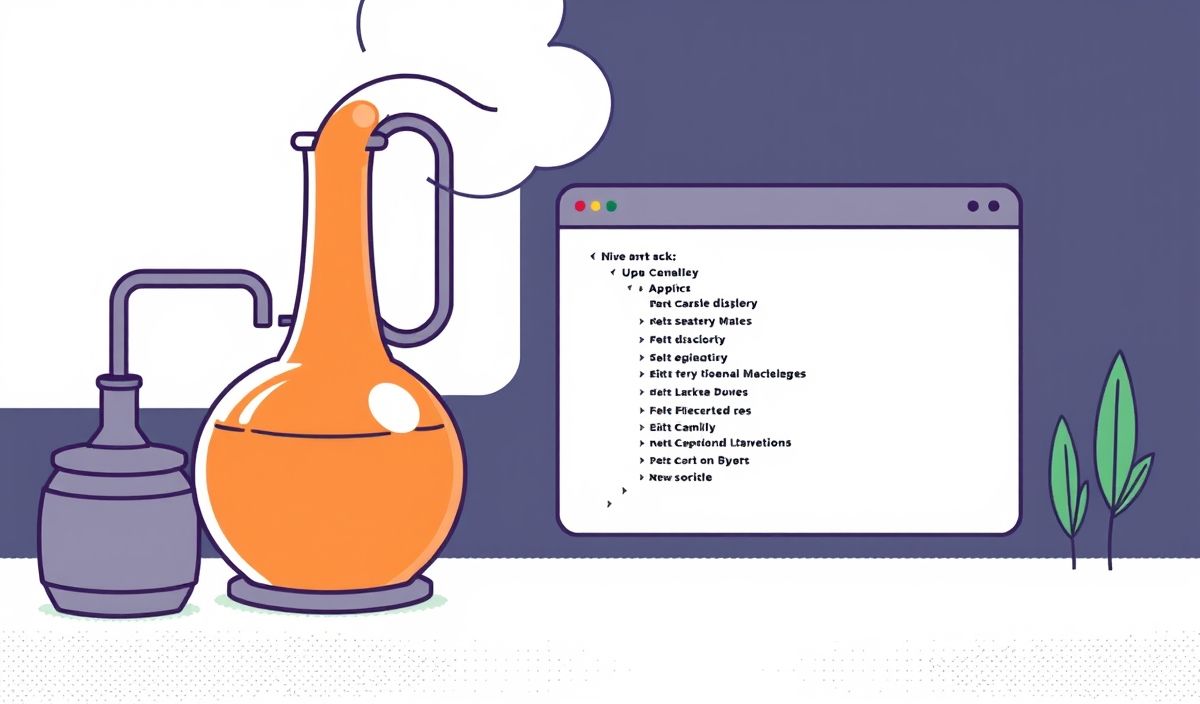Introduction to Gherkin
Gherkin is a domain-specific language that enables the writing of human-readable acceptance tests for software behavior without requiring programming knowledge. It is a pivotal component of Behavior-Driven Development (BDD), allowing collaboration between developers, testers, and non-technical stakeholders. Gherkin’s syntax is simple and structured, making it an effective tool for defining application behavior and automating tests.
Gherkin Syntax
Gherkin statements are written in plain English. Each line in a Gherkin document starts with one of the keywords:
- Feature: A high-level description of a software feature.
- Scenario: A specific behavior or example.
- Given: The initial context or precondition.
- When: An action or event.
- Then: The expected outcome or result.
- And, But: Used to chain multiple steps together.
Writing Gherkin Feature Files
A feature file contains one or more scenarios. Below is an example:
Feature: User login
Scenario: Successful login with valid credentials
Given the user is on the login page
When the user enters valid credentials
And clicks the login button
Then the user is redirected to the dashboard
Useful Gherkin APIs with Code Snippets
1. Basic Authentication API
Scenario: User logs in with valid credentials Given the user is on the login page When the user enters "user@example.com" and "password123" Then the user should see their dashboard
2. User Registration API
Scenario: New user registration Given the user is on the signup page When the user enters the required details And submits the form Then the user should receive a confirmation email
3. Password Reset API
Scenario: User requests a password reset Given the user is on the forgot password page When the user enters their email address Then the user should receive a password reset link
4. Product Search API
Scenario: User searches for a product Given the user is on the homepage When the user enters "laptop" in the search bar Then the user should see a list of laptops
5. Add to Cart API
Scenario: User adds a product to the cart Given the user is on a product page When the user clicks the "Add to Cart" button Then the product should be added to the user's cart
6. Checkout API
Scenario: User completes a purchase Given the user has products in their cart When the user initiates the checkout process Then the user should see a checkout summary
7. Order History API
Scenario: User views their past orders Given the user is logged in When the user navigates to the order history page Then the user should see a list of past orders
Application Example Using Gherkin
Let’s look at an example of a simple e-commerce application using the APIs discussed.
Feature: E-commerce application
Scenario: User registration and purchase
Given the user is on the signup page
When the user registers with "newuser@example.com" and "password123"
Then the user should receive a confirmation email
Scenario: User logs in and adds product to cart
Given the user is on the login page
When the user enters "newuser@example.com" and "password123"
And clicks the login button
Then the user should see their dashboard
When the user searches for "laptop"
And selects a laptop
And clicks the "Add to Cart" button
Then the product should be added to the user's cart
Scenario: User completes the purchase
Given the user has products in their cart
When the user initiates the checkout process
Then the user should see a checkout summary
When the user confirms the purchase
Then the user should see an order confirmation page
Gherkin makes it possible to create clear, structured, and easily readable tests for your application, bridging the gap between technical and non-technical team members.
Hash: 519a738d38be3d615dbd69de578a737f7f16f603303b6e1d4ddb7718079aec04




